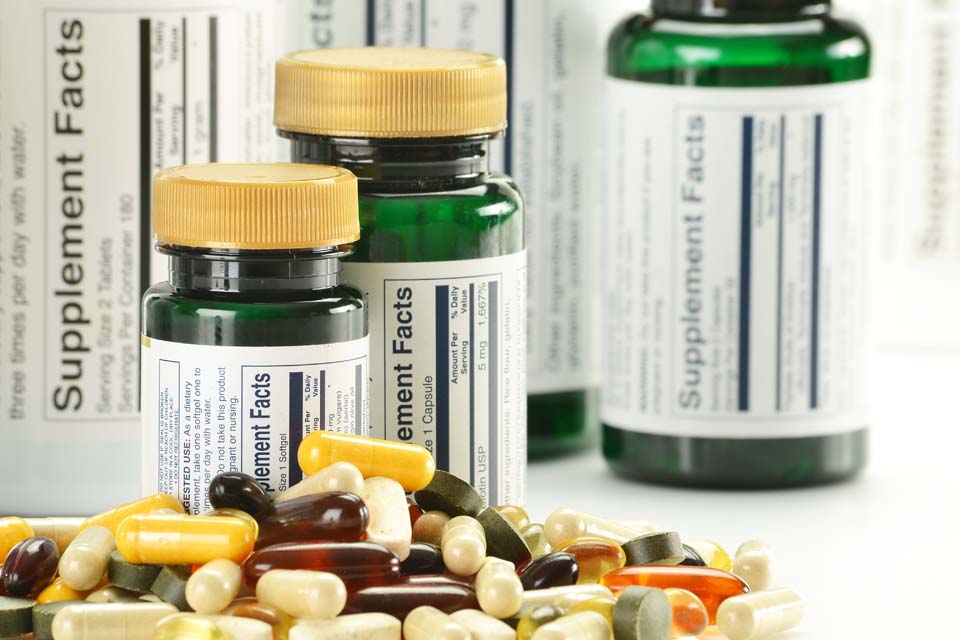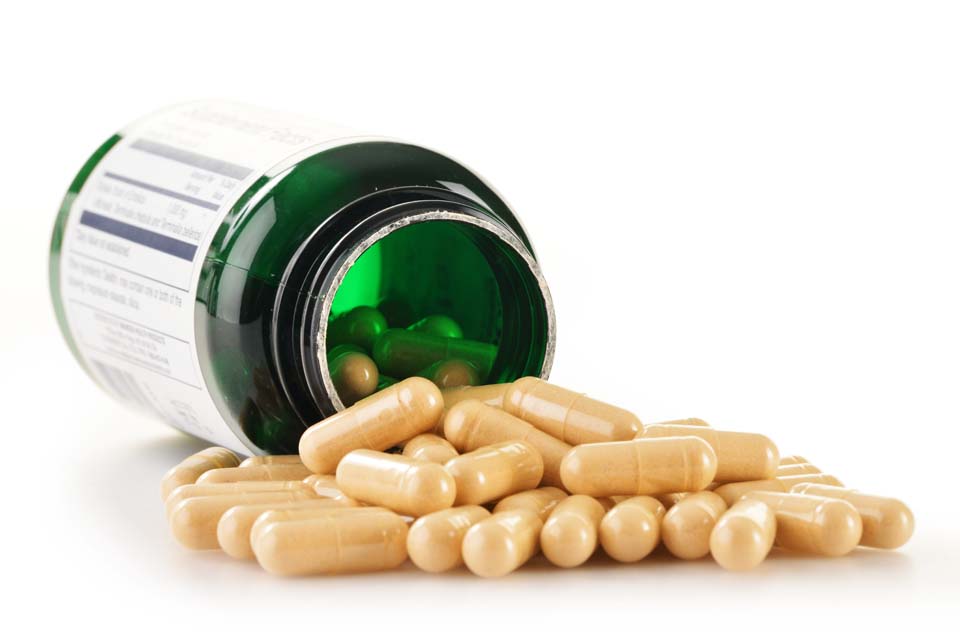Page Up Date 04/13/2021
Low Level of Vitamin D and covid-19
By Dr. Ashraf Girgis ND.
|

|
In my article in March of 2020, I specifically alluded to the importance of taking vitamin D, as a preventative tool due to my own experience with patients with autoimmune diseases.
NOW, after a year of terribly high numbers of deaths around the world, scientists are finding out that Vitamin D not only has preventive effects on COVID-19, but it could also be used as added treatment for Covid-19 patients. In a study done by the scientists, vitamin D lowered the need for a ventilator & shortened the number of days on ventilation, if a ventilator was needed.
In addition data over the last decade indicates that low serum concentrations of 25-hydroxyvitamin D, 25(OH)D, are associated with diseases such as cancer, high blood pressure, heart disease, diabetes, Parkinson's disease, other age related diseases and autoimmune diseases such as multiple sclerosis and arthritis etc. However, it is not very clear as of yet whether a low level of the active form of vitamin D is the cause or result of these disease.(Autier et al. 2014).
|
|
|
|
|
Based on NIH data, conclusions published indicate(few years before Covid-19 in 2015) that wintertime vitamin D insufficiency is pervasive among minority populations, while it is not uncommon among non-Hispanic Whites.(3)
Scientists definitely know that mortality rate has been disproportionately higher among Hispanic and blacks in the United States. This findings seems unrelated to the care they receive or where they live or their underlying conditions. This is conclusion of data review of U.S. veterans by scientists published by NIH.(2)
While it is unclear what could be the cause of such results, the elements below can to some degree be the focus of more studies:
In a study by the university of Chicago, published in JAMA in 2020, among 4,638 patients, the risk of a positive coronavirus test result in Black patients was 2.64 times higher if their vitamin D level was lower. The number of infected individuals dropped by 5% for every 1 ng/mL of vitamin D in blood greater than 30 ng/mL. The 30 ng/ml seems generally considered sufficient. Among these patients, the prevalenc of redcued levels was 16% in Blacks compared with 36% in Whites. (7)
Another study was presented at this year’s meeting of the Endocrine Society. Scientists looked at 124 adults who had low levels of vitamin D before hospitalization for COVID-19 and compared them to patients who received at least 1,000 units of the vitamin D weekly. Scientist noticed that patients who took 1,000 units vitamin D units a week supplement had a lower chance of requiring mechanical ventilation or dying of their infections (33.3% vs 37.5%) (7), though the finding was not statistically significant. More than half of the patients with low levels of Vitamin D were not taking supplements to correct the deficiency. Study coauthor Corrine Levitus, DO, stated "We hope this research will encourage clinicians to discuss adding this supplement with their patients who have low vitamin D, as this may reduce the odds of people developing severe COVID-19."(7)
|
 |
|

|
But, the question remains - can vitamin D prevent covid -19?
We do know from prior research that vitamin D levels are lower in Blacks and Hispanics, the obese, neonates and those over 65 years old, and individuals living in low-sunlight regions such as Scandinavia (of note, some of these low-light nations provide vitamin D supplementation to their residents).
Interestingly some of the groups with low vitamin D levels (Blacks, Hispanics, older, obese) are individuals who die the most from Covid-19.
You may consequently wonder whether Vitamin D has an impact on Covid-19. Here I would like to expand a little more about vitamin D and it role in immune system.
|
|
We characterize vitamin D as a vitamin (meaning vital-amines). But for some time scientists have understood that vitamin D is much more than just a vitamin. It is a hormone and a steroid that affects our cells through endocrine, paracrine, and autocrine signaling. This means it permits the body to send signals at a systemic level to different organs, locally to adjacent tissues, and at a cellular level, from a cell to itself (11).
When we receive sun light for 20-30 minutes, our skin converts 7-dehydrocholesterol to D3, which is a Vitamin D precursor. The ability of sunlight to promote vitamin D synthesis is greatly influenced by factors including skin pigmentation, sunscreen, aging, air pollutants, and season/time of day (13).
Once sunlight stimulates the creation of D3 from 7-dehydrocholesterol, it travels to the liver and kidney for conversion to active Vitamin D – 1,25 dihydroxyvitamin D. This is the form used by our body.
|
 |
 |
But we can also obtain Vitamin D through supplementation. There are two forms of supplements, ergocalciferol (vitamin D2) and cholecalciferol (vitamin D3) (Lanham-New et al. 2011). Vitamin D3 is considered to be the major dietary source for vitamin D.
The third way to obtain vitamin D is to eat food that after being absorbed by the intestine and passing through the liver and kidney, can be converted to active Vitamin D. Foods that can help form vitamin D include: fish, mushrooms, liver, eggs, milk, fortified milk etc. Of course, since intestinal absorption is required to gain Vitamin D precursors, your gut health matters greatly to maintain sufficient Vitamin D levels.
|
|
About 80% of vitamin D (depending to the sun exposure) is synthesized in the skin in from 7-dehydrocholecalciferol, while 25-hydroxy cholecalciferol and 1, 25-dihydroxycholecalciferol are sources of vitamin D from the diet (16). The plant sources of vitamin D as mentioned include mushrooms, which contain vitamin D2 (ergocalciferol) (16).
The bioavailability of vitamin D in the circulation depends on many elements in digestive system. These include gastric acid pH and digestive enzymes (pepsin and trypsin, amylases, lipase and protease) which are critical in Vitamin D absorption. Other elements such as long chain fatty acids and vitamins E & K, which use the same absorptive pathways also affect the bioavailability of vitamin D from food.
Vitamin D was discovered in 1922 by Elmer McCollum who found that giving cod liver oil to sick dogs cured them from rickets. Vitamin D has numerous functions, but it is mostly known for playing an important role in body calcium balance, or homeostasis. One of reasons bones are frail in elderly is due to low levels of vitamin D, typically due to limited sunlight exposure in the elderly.
|
 |
 |
However, the role of vitamin D in the immune system, and particularly on antibody-producing B cells, is what makes it especially unique in COVID-19.
This effect of vitamin D and immune cells was not well known until recent years due to studies of patients with autoimmune diseases. However, lately COVID-19 has placed increased emphasis on the role and impact of vitamin D on the immune system.
Vitamin D receptors are present in B cells and T cells as well as antigen presenting cells (18).
Regardless of how we receive our vitamin (through skin synthesis or food supplementation), our T cells & B cells have vitamin D receptors that can synthesize active form of vitamin D metabolites. These metabolites can then modulate our innate and adaptive immune systems by increasing the function of proteins with anti-microbial effects (21). This is why Vitamin D plays a huge role in autoimmune diseases, cancer, high blood pressure, and other conditions.
|
|
Especially in COVID-19, by activating B & T cells, our body’s immune cells multiply and are able to combat the virus more effectively.
In Covid-19 as with any viral illness, activated B and T cells and are important for the body to combat infection. Vitamin D may be crucial in the ability of these cells to function properly.
While I can elaborate and bore you further with complicated explanations about the importance of vitamin D in combating COVID-19, I would simply suggest to add 3000 IU daily on a continuous basis, as a sciencifically-proven preventative measure.
|
 |
 |
In addition, make sure to keep your mask on in crowded places with limited space. In addition, continue to follow the preventative measures I suggested in my article published March of 2020.
Wishing you a much healthier year for 2021. As I said in March 2020, you are never alone, the entire global family is with you!
Thanks for visiting www.curenaturally.org where ancient wisdom meet today’s science.
For questions or issues feel free to
Call 616-777-0608 or email Dr. Girgis directly at: contactcurenaturally@gmail.com
Dr. Ashraf Girgis N.D.
|
|
|
|